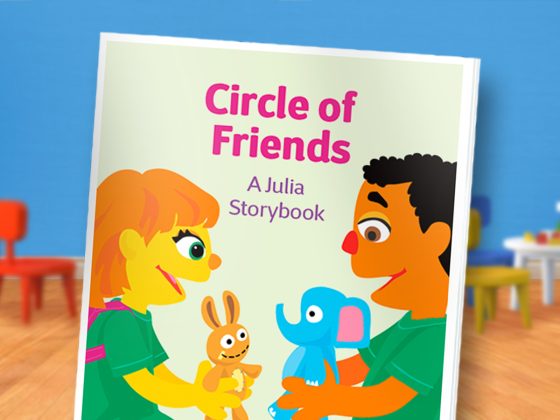
Circle of Friends
Creating a circle of friendship is part of preventing bullying.
Sadly, bullying is something that autistic children are much too familiar with. Studies have shown that they are two to three times more likely to be bullied than neurotypical children. It is up to parents, teachers, and caregivers to make sure they have strategies in place to protect them. Here are some tips to consider:
- Stay observant. If a child starts behaving differently, withdrawing or acting out, or stops being interested in the activities they normally like, that could be a sign that there’s a problem.
- In the case of a child who’s verbal, try to figure out the problem by talking…and listening! It require extra reassurance and patience. Stress that the child is “reporting,” not “tattling,” and that it’s important that they do so. Make sure they know that it’s not their fault. Tell the child it’s up to grown-ups to keep them safe, and that everyone will work together to make that happen.
- Depending on the child, you may be able to offer some simple strategies, such as saying loudly, “That’s not okay,” or enlisting the help of a nearby grown-up, or having a classroom “buddy” (or several!). Most peers, when given the chance, want to be part of the solution.
- Enlist the help of staff, professionals, other parents and children. Brainstorm ideas. The more people buy in to the strategy, the more likely it is to work.
- Share the story of Julia’s adventures at camp and think about ways each one of us can be a friendship superstar. Read the story again. Ask kids to look for pictures that show people supporting each other or offering a friendly hand. Ask, “What are the ways you help out friends and classmates?”

Julia and Rose – Best Friends Fur-Ever
When Julia has an idea, she sees it through… with a little help from her family. This social story for autistic children models what’s possible!
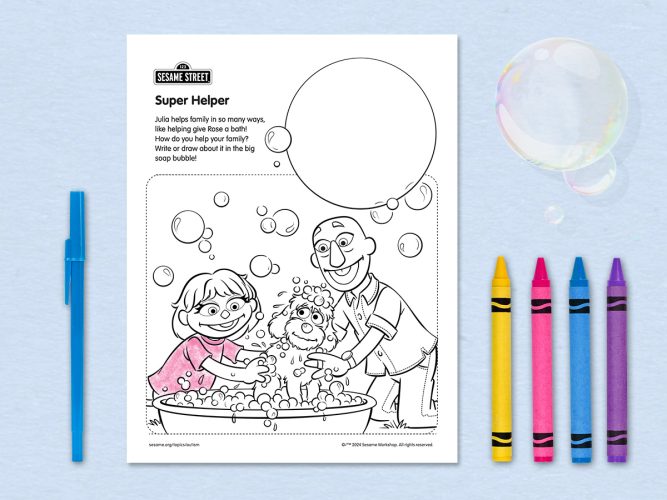
Super Helper
Finding ways to help their family can be a great way for autistic children to build skills and pursue goals.
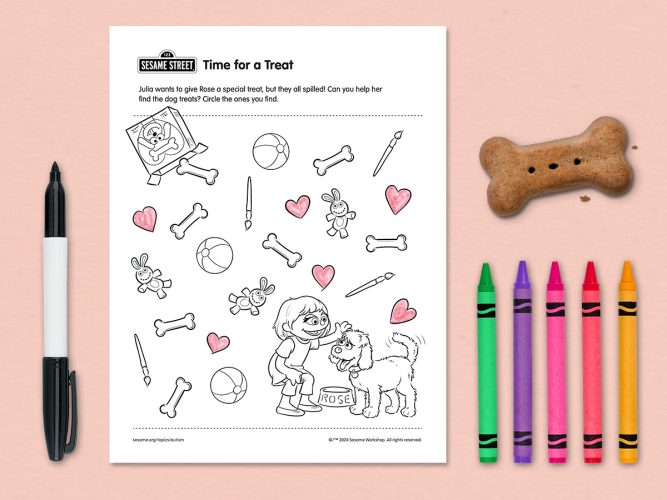
Time for a Treat
Sometimes autistic children—and all children—need a little help from others to reach their goals.
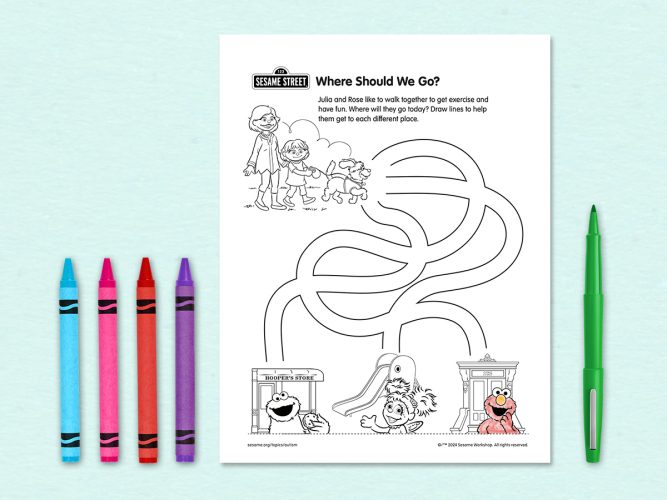
Where Should We Go?
Even taking a walk around the neighborhood can offer opportunities for autistic children to make choices—and have fun!

Teaching Self-Determination Skills
Try these playful activities to help your child develop important self-determination skills.

Setting and Achieving Goals
With support from a caring grown-up, autistic children can set goals, make a plan, and accomplish big things!
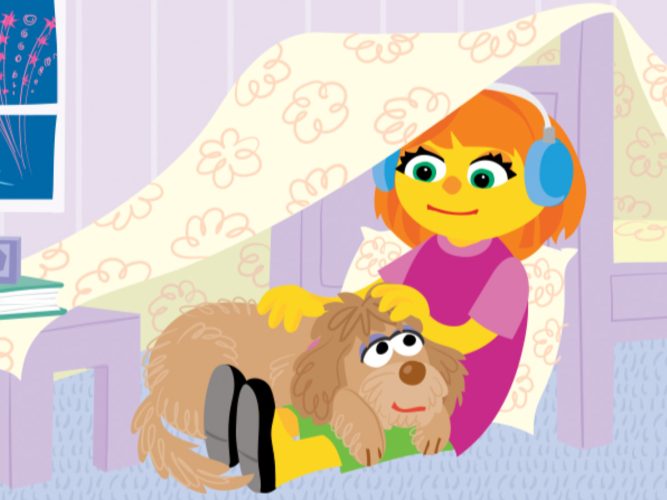
Forging Furry Friendships: How Human-Animal Interventions Can Support Autistic Children’s Well-Being
In this webinar, you’ll learn about the science of human-animal bonds and specifically how animal interventions can support autistic children’s well-being.
